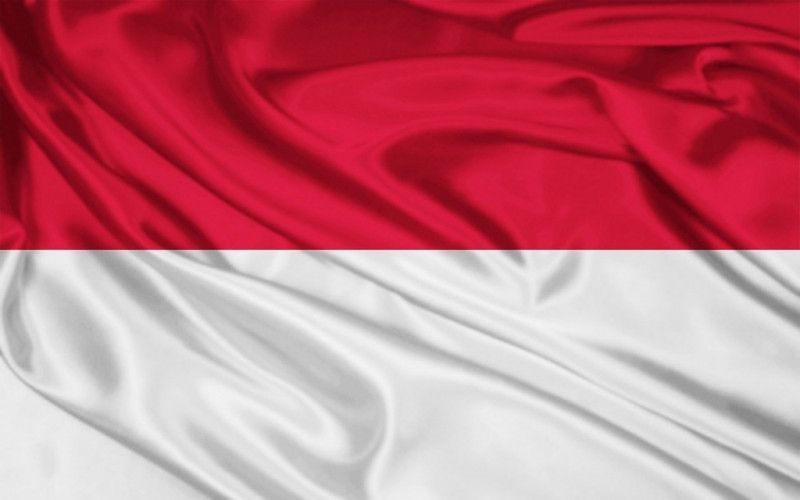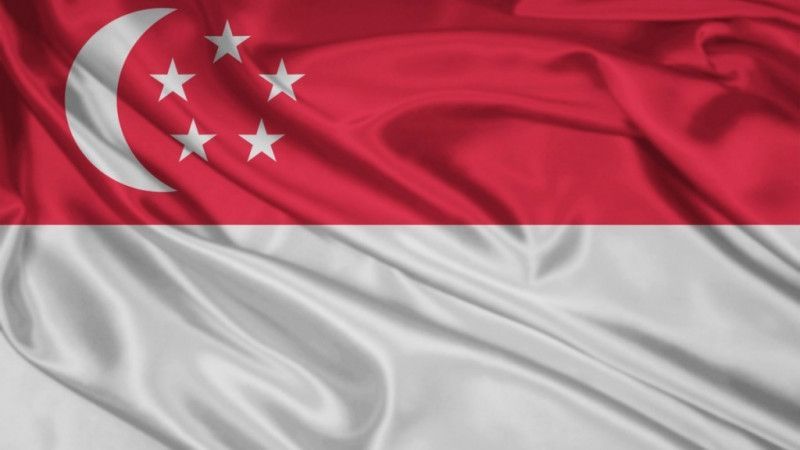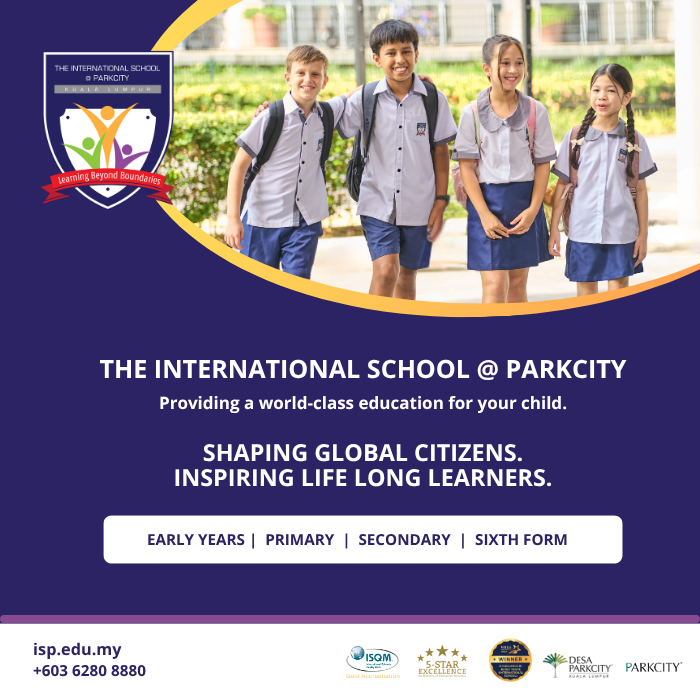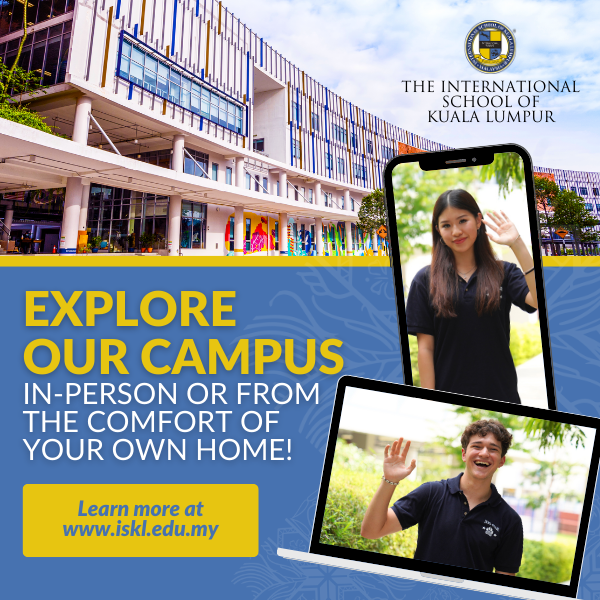
Many countries throughout Southeast Asia are experiencing tremendous growth and development in their international schools sectors. As the number of expatriates throughout the region continues to grow, so too does the provision of international school places. In the majority of countries throughout Southeast Asia, opportunities for local children to attend international schools are also increasing. This combined provision for both expatriates and locals is not only responding to increasing demand, but also raising the profile of what is now considered to be a highly sought after education choice for families throughout the region.
The International School Consultancy Group (ISC), which tracks the global international schools market, says that Southeast Asia currently has 787 international schools. These are schools that deliver a curriculum – to any combination of infant, primary or secondary students – wholly or partly in English outside an English-speaking country; what are known as English-medium international schools. Many of these schools offer an international curriculum. A number of international schools also offer bilingual provision (with English as one of the languages of learning), and some deliver a combination of international and local curricula, such as the increasingly popular Singapore National Curriculum.
According to ISC’s data, there are 287,339 students currently attending international schools in Southeast Asia and the learning choices for them continue to widen. 69% of all international schools in the region say they now deliver an internationally-oriented curriculum. 19% of these do this through the International Baccalaureate (IB). 42% of schools offer the National Curriculum of England, 22% follow an American curriculum and 10% offer the Singapore Curriculum which has experienced strong growth in recent years due to its popularity among local families. In Indonesia, for example, 32 of the 194 international schools deliver, in part, the Singapore National Curriculum (note that a significant number of schools offer a combination of curricula).
The countries in Southeast Asia with the most international schools are Indonesia, Thailand, Malaysia, Vietnam and Singapore. These countries vary in their student demographics largely due to differing government intervention. Indonesia and Singapore represent two very different situations.
INDONESIA

Indonesia is the leading country for international schools in Southeast Asia in terms of the overall number of schools. According to ISC, Indonesia was one of the highest growth countries in the world during the 2013-14 academic year; increasing student population by 1,667. An international school education has become increasingly sought after by Indonesian families who value the generally high standard of learning, and the increased opportunities this offers for a university education. There are no government restrictions on local citizens attending international schools in Indonesia.
Much of the recent growth in Indonesia’s international school market has come from National Plus schools. These schools have, on the whole, been established to satisfy the increasing demand from local families, although expatriate students are also welcome. They are private schools that are often bilingual and offer English as the medium of instruction for some classes. These National Plus schools deliver a range of curricula and for some this includes an international curriculum and international examinations, enabling them to qualify as international schools.
The main options in Indonesia for expatriate students are the joint-educational and embassy schools. In recent years, as the expatriate market has grown, the existing international schools in the country have been able to expand to meet the demand. However Indonesia’s two top schools - British International School and Jakarta International School – are full and both schools have waiting lists.
With a number of government barriers currently restricting the international schools market in Indonesia, the development of new schools has been limited. Nevertheless, demand for international education in the country is very strong from both local and expatriate families and this will continue to put pressure on the existing schools until changes at the government level are made.
SINGAPORE

The number of international schools in Singapore has increased by more than 250% since 2005. There are strict government restrictions on the number of local students able to enroll in most international schools and, as a result, they exist essentially for expatriate children. As more skilled expatriates move to Singapore, the demand for places at the most reputable international schools is increasing.
There are currently 73 international schools in Singapore catering for almost 52,000 predominantly American, British, Australian and Indian students. Singaporean students account for just 4% of the total student population.
The Singaporean government coordinates the availability of international school places in line with expatriate demand and, as a result, several new schools have opened and many existing schools have expanded in the past two years. Two new schools are due to open for the 2014-15 academic year – GEMS World Academy in Yishun and Dulwich College at Bukit Batok. Between them, these two new schools will eventually provide places for 4,800 students. ISC confirms that further developments are underway.
SUPPORTING SOUTHEAST ASIA'S INTERNATIONAL SCHOOLS

The growth of international schools comes with an increased need for the provision of high quality educational services and supplies to support the schools in the region. Details from ISC’s latest County Reports, which provide highly specific market intelligence on major growth countries for international schools, identify many examples of how the infrastructure behind school development is helping to maintain standards in Southeast Asia.
Some educational providers are investing directly within the Southeast Asia region. Fieldwork Education, for example, which offers the International Primary and Middle Years Curricula has, this year, opened an office in Kuala Lumpur specifically to support and provide training to the schools in South East Asia delivering the IPC and IMYC. An increasing number of educational technology and school suppliers are establishing field representatives in the region to work directly with the schools. And international school recruitment specialists are reporting increased demand from international schools throughout Southeast Asia for the targeted search and placement of skilled and experienced teaching and leadership staff.
“The expansion of international schools in Southeast Asia comes with a need for quality staffing , premium learning-focused provision, and the very highest performance and accreditation standards in order to maintain the reputation that many international schools in the region currently have,” says Nicholas Brummitt, ISC Chairman, “Southeast Asia’s international schools have a responsibility to keep these standards high if they are to see their continued growth into the future.”
More information about the international schools market is available from The International School Consultancy Group at www.iscresearch.com


































